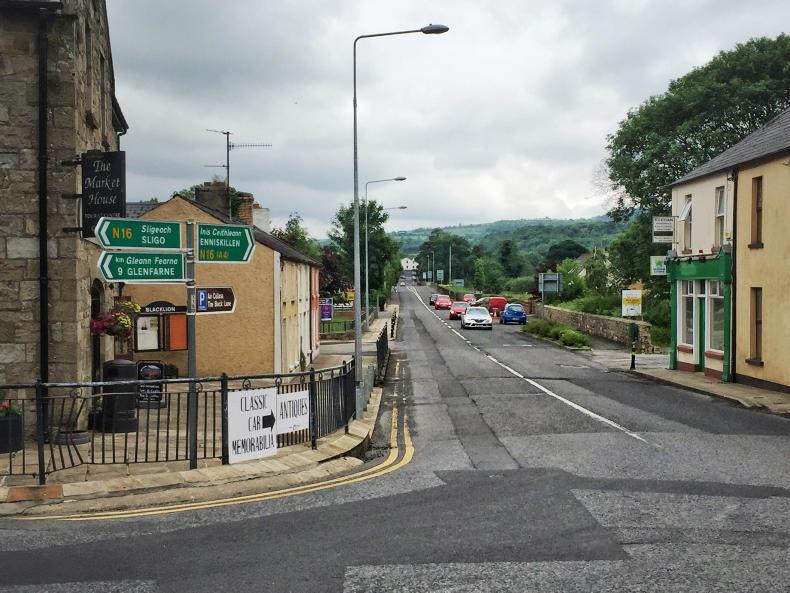Carol Lynch, a partner in the customs department of business consultancy firm BDO, said at the presentation of Bord Bia's Brexit Barometer in Dublin this week that while trading with the UK amounted to selling inside the same country under EU rules, a lot would change once it becomes a third country.
"Global companies already do it. Those who were around 20 years ago know it. It is doable, it's just a new procedure," Lynch said.
With no certainty that a transition agreement would apply, she said agri-food exporters should take the following steps before Brexit becomes effective next April.
1 Know your product categories
Finding out how your products are classified in international trade nomenclatures will determine a range of obligations, from potential tariffs to administrative obligations. Becoming familiar with the categories applicable to your UK exports is a crucial first step.
2 Know your tariffs
Depending on your categories, different tariffs may apply. If the UK retained the current EU tariffs, these are €138/t for milk and cream, or 12.80% and a fixed sum of €1,786/t for beef, among examples Lynch gave. These may apply to your imports if you source inputs in the UK, such as flour or other ingredients.
3 Brush up on customs declarations
Even if the EU and the UK sign a trade agreement and no tariffs apply, importers and exporters will need to fill out custom declaration forms. These are now online and you will need to decide whether to get the skills to manage these obligations internally or find contractors to clear customs for you.
4 Prepare for VAT cash crunch
"That's going to be a critical cashflow issue," Lynch warned. Imports and exports across EU borders give rise to VAT payments within the month following their arrival, but corresponding VAT refunds usually come three months later.
5 Consider obtaining trusted trader status
Under EU regulations, authorised economic operators (AEOs) are recognised by European customs and some of their trading partners to meet a range of compliance criteria and can trade more easily across borders. Lynch envisages that the EU-UK border will have "green routes for AEOs and red routes if you're not", where more detailed checks and longer delays will apply. The process to obtain AEO status takes around nine months, which means applying now to be certified in time for Brexit.
The Norway/Sweden border: bureaucracy, delays and additional costs
